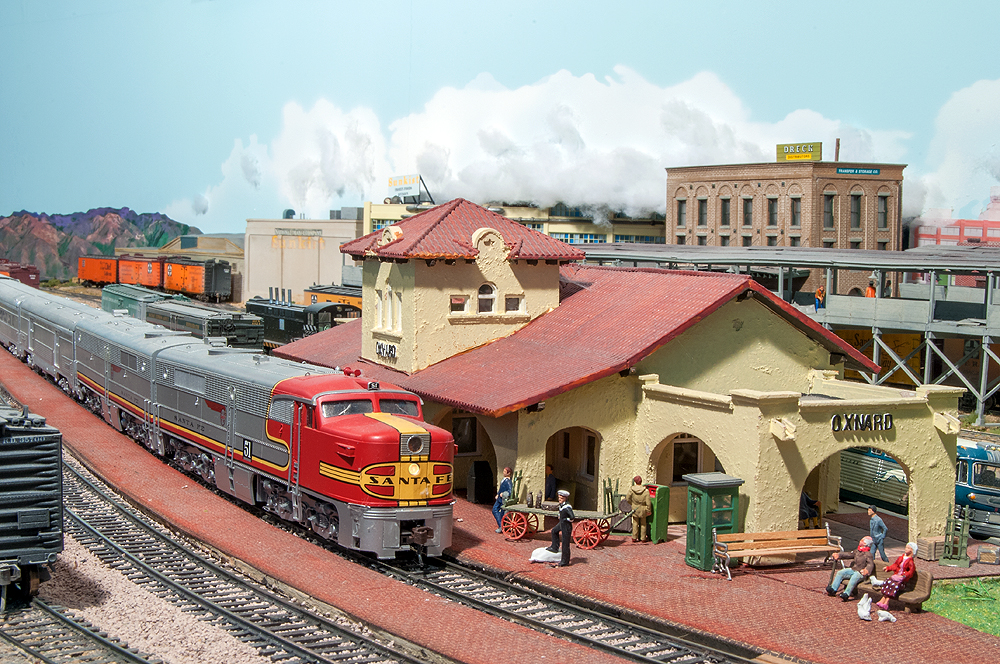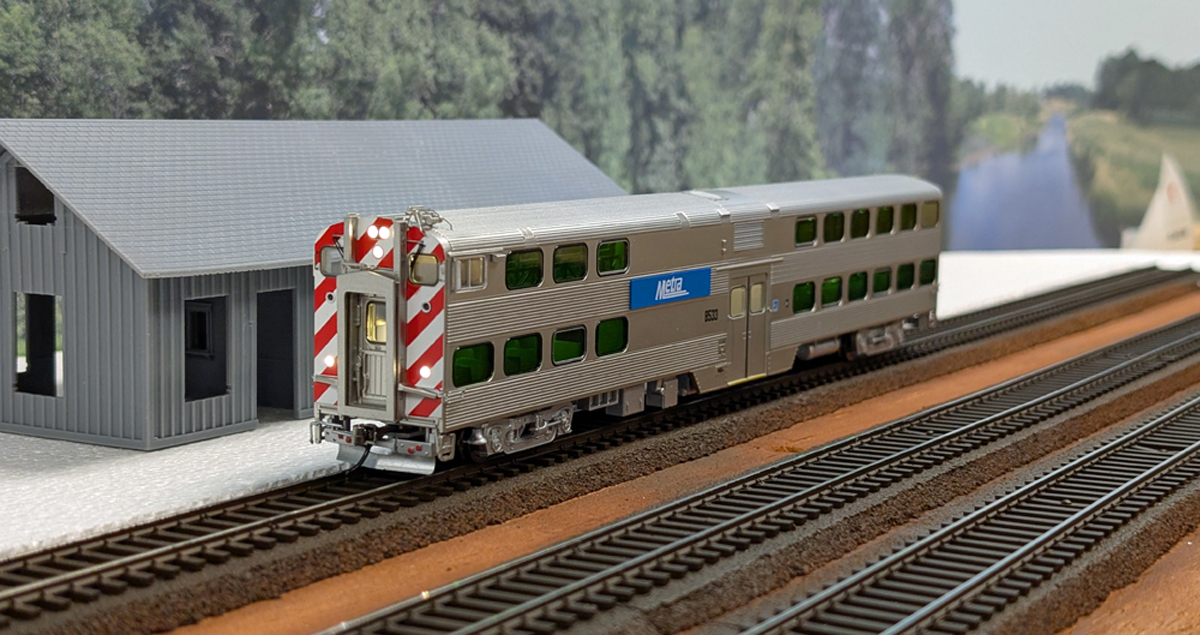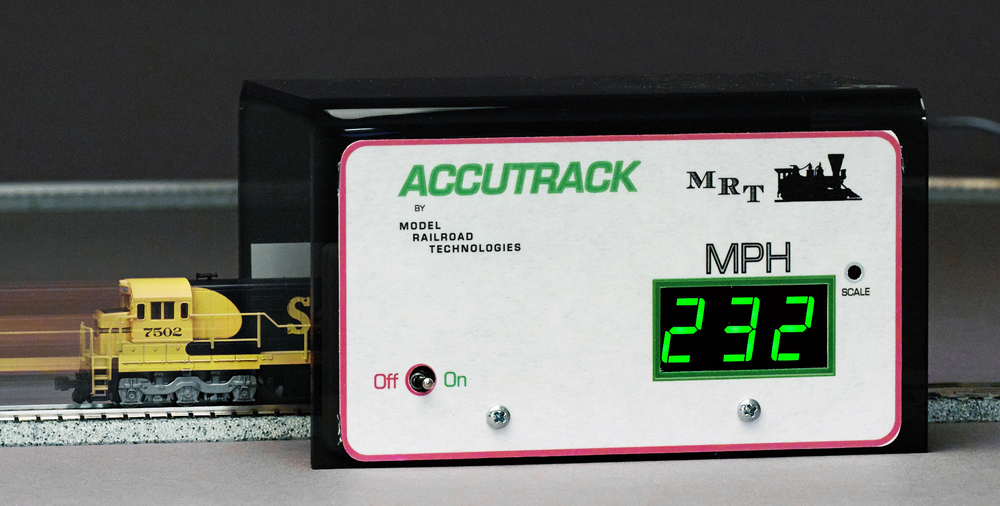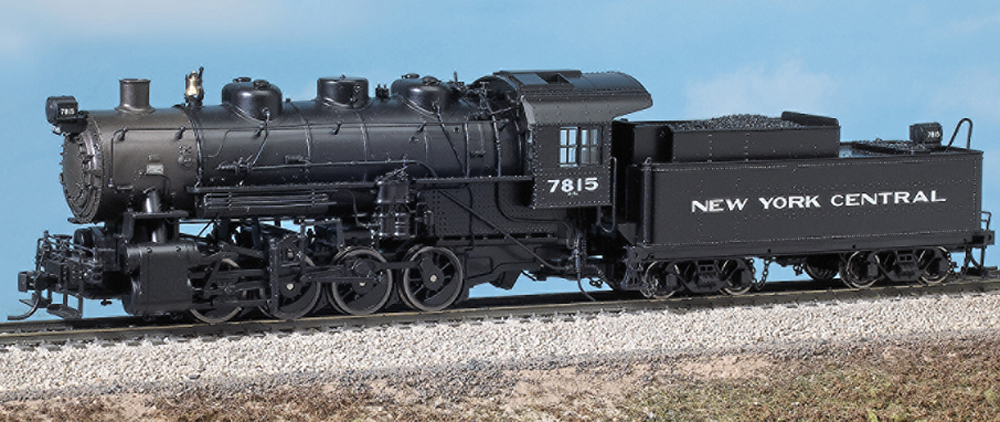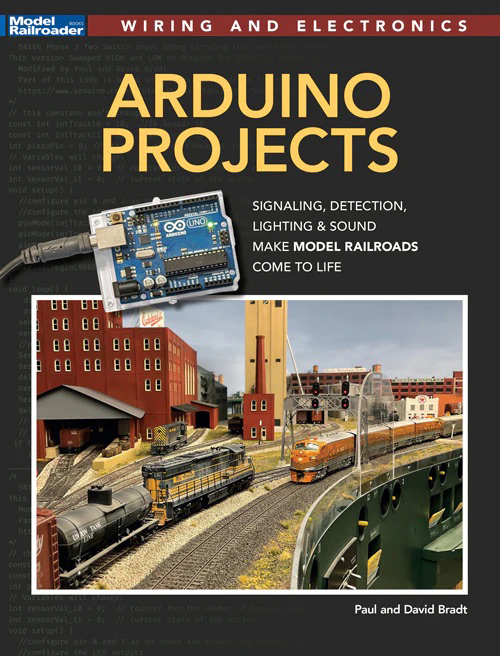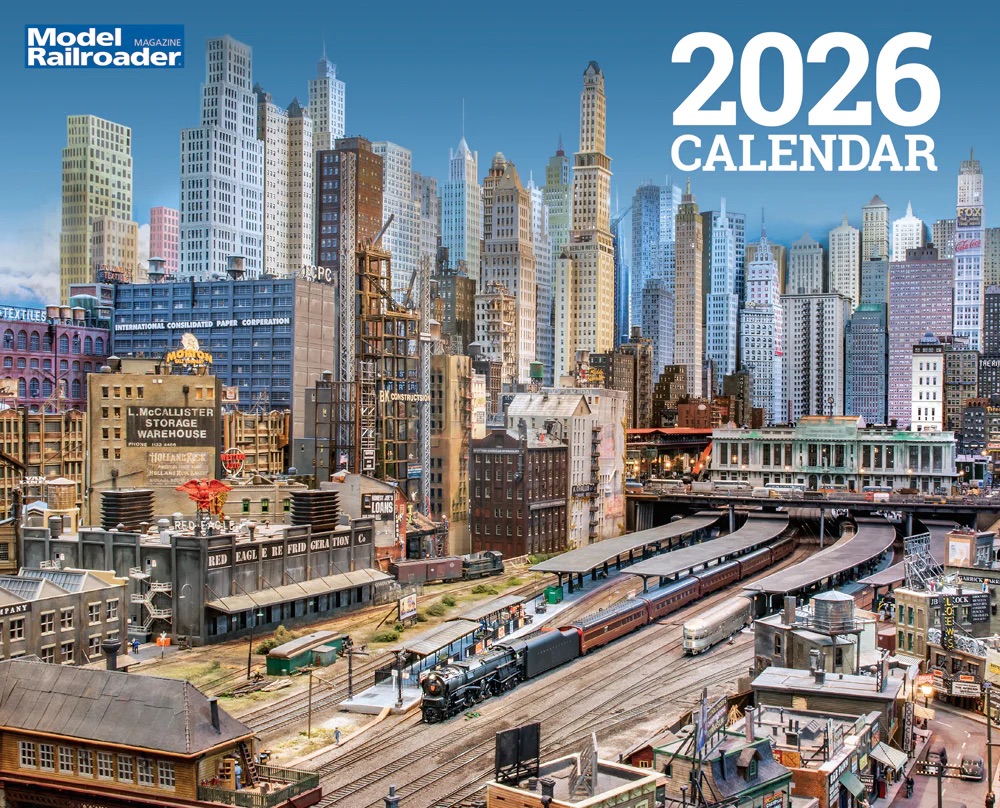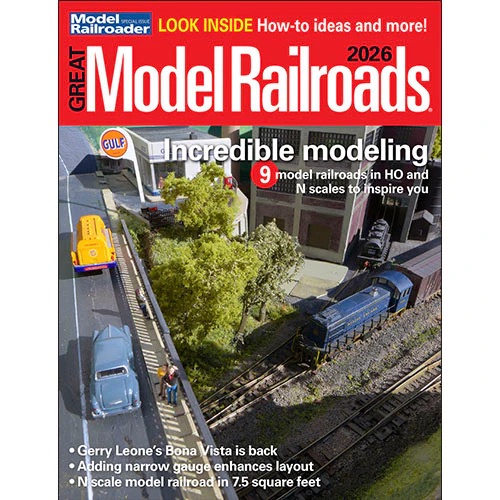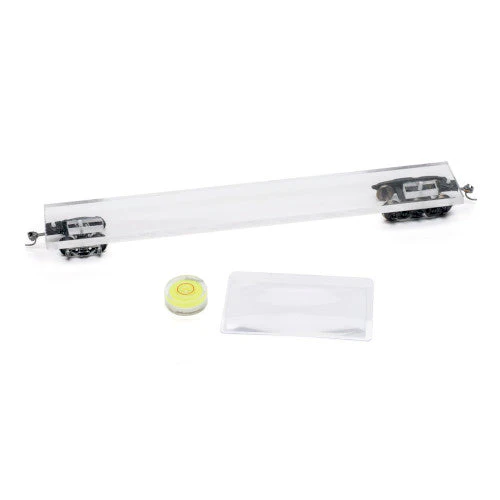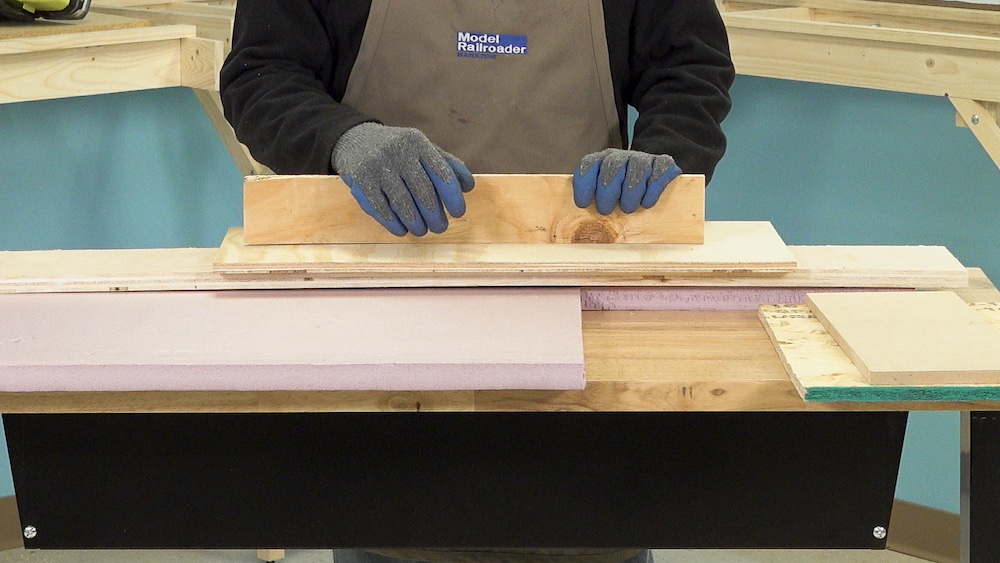
“Which type of subroadbed is right for me?” It’s a question that is especially asked by beginners. The subroadbed is the material that you place under your roadbed, track, and often scenery. It serves as the foundation for your model railroad, so choosing the correct material is very important.
Before evaluating good subroadbed options, let’s cross off one material that you certainly don’t want to use, and that is particle board. Although this is a heavy, manmade material often used in furniture construction, it is not a good option for spanning open distances of more than 16 inches. It can sag under its own weight over time and is susceptible to warping from moisture. Only use the material if you are planning a flat tabletop layout.
Plywood
This composited material is manufactured from multiple thin layers of wood that are glued together with the grain crisscrossed and compressed under high pressure to form a thin yet strong sheet. Plywood comes in different types and grades based on the number of layers and the type of wood used. The more layers, the stronger the plywood and the less prone it is to warping or sagging. For subroadbed, 5-ply plywood or better is recommended, and if you can afford cabinet-grade birch plywood, you won’t be sorry.
Plywood also is graded by letter, with A being the best and D being the worst. Grading is based upon the outer surfaces of the material. An A/B grade would indicate a sheet with a clear A-side where the knots are removed and filled with plugs, and a B-side that is solid but may have small knots. C and D are respectively worse, with the former having larger knots and a rougher surface while the latter likely having unplugged holes, gouges, and other imperfections. If the plywood has an X in the designation, such as CDX, it indicates the plywood uses moisture-resistant glues and is recommended for exterior applications.
While the plywood will ultimately be buried under track and scenery, use the best material you can afford. It will make it easier to build your model railroad and provide years of worry-free operation.
OSB (Chipboard)
Similar to plywood, OSB, or Chipboard, is made up of layers of wood. However, instead of using sheets, it uses wood chips laminated together with a resin adhesive. OSB has replaced exterior plywood in home construction as it is less expensive yet still sturdy.
OSB gets its strength from its mass of overlapping wood chips. It works best when used in sheets or partial sheets, but does not work well when cut into thin strips as it can sag easily or break. It works best as a subroadbed for tabletop layouts and areas of model railroads that need large flat surfaces.
Medium Density Fiberboard
Another potentially useful subroadbed material is MDF (Medium Density Fiberboard). This is made from ground-up wood fiber mixed with resin. Like OSB, it can be used on larger, flat surfaces. However, unlike plywood and even OSB to some extent, it cannot be bent, which means you cannot use it for elevation changes. Because of its smooth surface, it is ideal for modeling riverbeds. It can also be used for specialty layout construction needs, such as building sector plates or traversing tables where one layer of material needs to be able to slide over another.
Foam board
Extruded foam insulation board is a common home-construction material. In northern climates, you can purchase it in sheets from ½” to 2” thick. In southern climates, 1 inch is usually the thickest you can find. The material is easy to work with, can be stacked to build up scenery, and carved out to make areas below the railroad’s grade. You can successfully lay thicker sheets of the material over open grid benchwork with supports up to 18” apart without need of plywood or some other material underneath the foam. Since foam won’t hold screws or nails, you will need to glue it to the benchwork with a foam-safe adhesive, such as PL300 from Ohio Sealants.
Be aware that unlike the wood-based materials above, you do not want to physically lean on the foam top if you can avoid it. Even if well supported, in places less than 2” thick that span open areas, you can accidentally break through the foam if you place too much weight on the surface.
While foam isn’t all that flexible, ruling it out for elevation changes, Woodland Scenics offers foam incline sets in specific grades. You can glue directly to the top of your foam subroadbed to change elevations easily.
Subroadbed evaluation
The subroadbed you choose has everything to do with the type of layout you plan to build. If you are working with relatively flat surfaces with good support, OSB might be the best choice, simply because it is much less expensive per sheet than the other options. If you want a layout with a lot of elevation changes, plywood is really your only option. If you are looking for exceptionally smooth flat surfaces, consider MDF. An extruded foamboard has a lot of applications, particularly when building lightweight shelf layouts or portable model railroads. When in doubt, you can usually buy smaller 2 x 4 sheets of these materials from most home centers and conduct your own experiments before beginning full-scale construction on your layout.
Members can watch a demonstration on how to evaluate subroadbed options on Trains.com Video!






